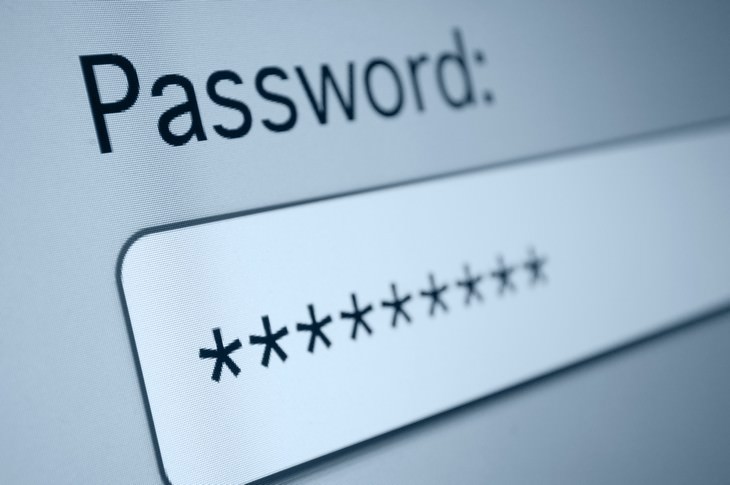
We’d all like to think we would recognize a scam when presented with one, and yet as digital communication has evolved, so has the sophistication of all kinds of scammers. We have shared tips in the past in how to spot and avoid suspicious phone calls and phishing e-mails, and this time, we’d like to talk about text message scams, also known as ‘smishing’.
Smishing can be effective due to the personal nature of text messages - after all, your inbox is reserved mainly for close friends, family, and businesses that received your consent for such communication. Like most scams, the goal is to obtain your personal information through fraudulent means and get access to your bank account. These are the biggest warning signs for a smishing text, and how to avoid them.

Legitimate marketing text messages are usually sent from a 6-digit shortcode, a text-enabled, 10-digit toll-free number, or a business’s existing ten-digit landline. If the text you receive is from an unidentified 11-digit number, the odds are high it is a scam.
Even if the sender identities as your bank, insurance agency, or any other reliable source, you should look at the number the text was sent from for verification.

This is one of the most common text scams and it also happens to be one of the simplest. The recipient will be notified in a text message that they’ve won a raffle, giveaway, or something of that nature. There are usually a few steps to claim the “prize”, like clicking on a provided link and entering personal details.
If you haven’t entered any specific contest or giveaway, you should ignore the text and delete it. Do NOT click on the link. In case you’re not sure if you did, reach out to the brand holding the giveaway on their verified website or social media pages to double-check before clicking on the link or sharing any personal details.

Another common text scam is the refund scam, claiming there is money owed to you. These texts usually claim they are from a government agency or a monthly billing program, saying you have been “overcharged” and deserve a refund. Oftentimes they will include a link to a screen where you can share your direct deposit information so the charge can be reversed. Once again, do not click on it. Once they secure your routing number, they can access your account and steal from you.
Know that government agencies do not perform transactions through text messaging. So messages claiming to be from such sources are a definite scam.

This, too, is a common trick and can be a very frightening one. In a family emergency scam, you will receive a message saying something along the lines of “Your family member who lives in X (or is traveling in X) has run into some trouble and a money transfer is the only way to help them". Often, the scammers will claim that trying to contact that family member will cause them harm.
Because these texts are so alarming they tend to work. But before you panic and do anything rash, reach out to a trusted family member to verify the scammer’s story, even if they say to keep it a secret. In case the scammer claims they are the family member themselves, texting from a new pre-paid phone, you can try to ask them questions a stranger wouldn’t know the answer to. If you’re in doubt you could always call 1-877-FTC-HELP for advice.

These scams look innocent on the surface and are similar to common phishing emails. The text will say that a password to your email or some app has expired, used on another device, or hacked and that your account was deactivated for your protection.
In the case of these messages simply delete them. Do not reply nor share any of your passwords. Simply check the account in question. When you see that it’s not deactivated, you’ll have your answer.
Pass on this important information by sharing this article with friends and family